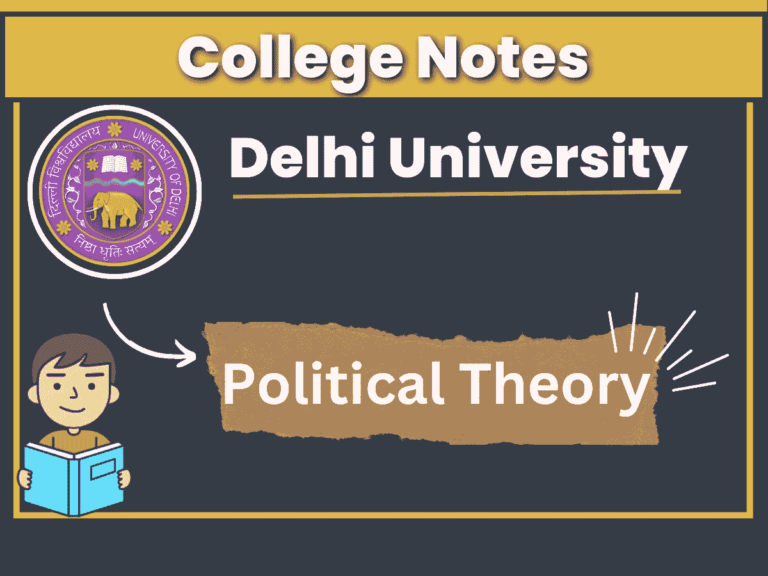Two Concepts of Liberty [Positive & Negative] | Isaiah Berlin
Isaiah Berlin
Two Concepts of Liberty
Berlin in his article “Two Concepts of Liberty” talks about two types of liberty (negative liberty and positive liberty).
The Notion of negative freedom
Berlin says I am generally said to be free to the extent that no man interferes with my activity. If I say that I am unable to jump more than 10 feet in the air or that I cannot read because I am blind or that I cannot understand the deep pages of Hegel, then it would be wrong to say that I am a slave or an accomplice to that degree.
Ijaya Berlin puts forward three facts on negative liberty-
1. frustrates human being which is bad i.e. it can be applied to prevent others whereas The greater evil, non-interference, it is the opposite of coercion which is good. This is not only not good, it is the negative concept of liberty in its classical form.
2. Men must seek the truth Mill says- One must develop a certain type of character. Which includes critical, original, imaginative, independent, etc. Truth can be found and restrictions on such character can be imposed only in conditions of freedom.
2. The theory is comparatively modern. Any discussion of individual liberty as a conscious, political ideal in the ancient world seems to be lacking.
3. The third feature of this concept of freedom is of greater importance. Liberty in this sense is not compatible with some form of despotism or at any rate with the absence of self-government. Freedom is primarily concerned with the area of control. Liberty in this sense is at any rate not logically connected with democracy or self-government.
The notion of positive freedom
According to Berlin, the “liberty” positive meaning of the word is the desire of the individual to be his own master .
“I want my life and decisions to depend on myself and not on any kind of external forces”
“I want to be my own instrument, not of other men’s will, and I want to be a subject not an object”
Freedom that includes being one’s own master and freedom that includes not being chosen by other men Can be prevented, is considered positive liberty.
Therefore, they say that the positive and negative notions of freedom have historically developed in different directions. Which is not always logically followed by respectable steps.
The retreat to the inner citadel
This principle applies to individuals. Not big enough for the concepts of those who, like Kant, do not really identify freedom with the cessation of desires. Freedom is obedience but was obedient to a law. which we set for ourselves and no one can enslave himself.
Self Realization
Self realization is the only right way to attain freedom. It refers to the use of critical reason to discern what is necessary and what is contingent. Through this one can attain freedom.
The Temple of Sarastro
Those who believed in freedom as a rational self-direction were bound sooner or later to consider that it should be applied not only to the inner life of a man, but also to the other parts of his society. Also for his relations with the members. The main thinkers in this are Rousseau, Kant, Fichte.
Liberty and sovereignty
FrenchThe Revolution was, like all great revolutions, at least in its Jacobin form, only such an explosion of the collective spirit of a desire for positive liberty on the part of a large body of the French people, that it created a nation. Feel free in form.
Liberals of the first half of the 19th century correctly predicted that liberty in this positive sense could very easily destroy the negative liberties they held sacred. They pointed out that the sovereignty of the people could easily destroy individuals.


